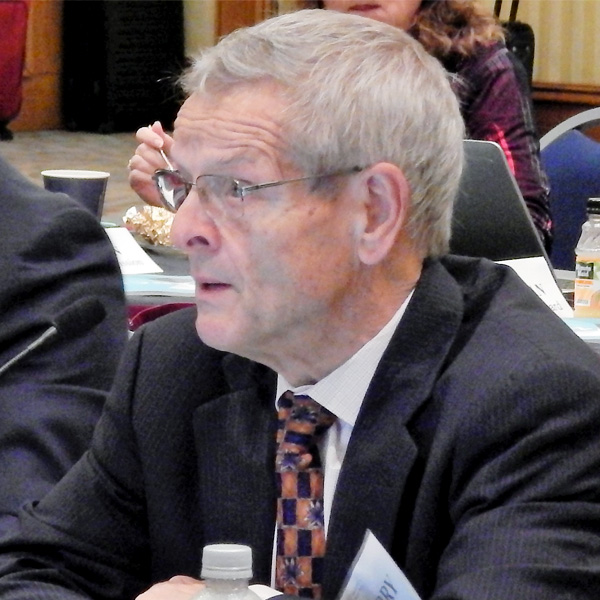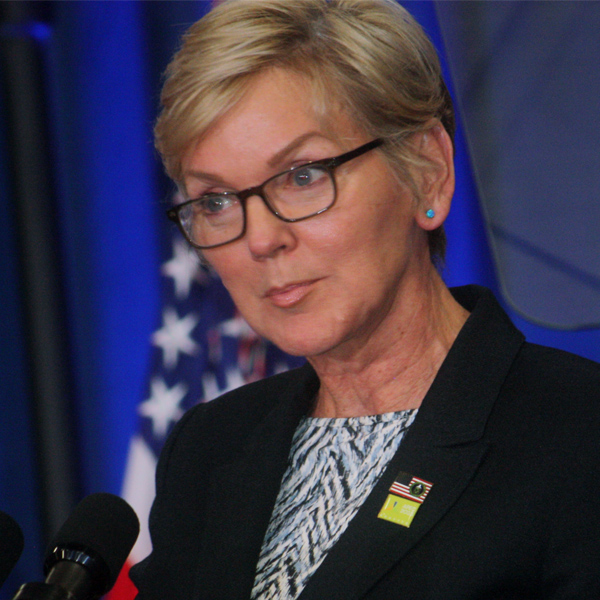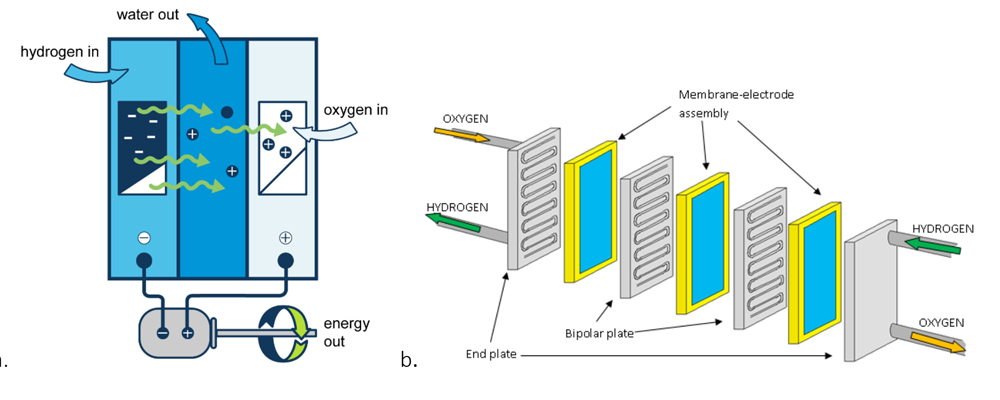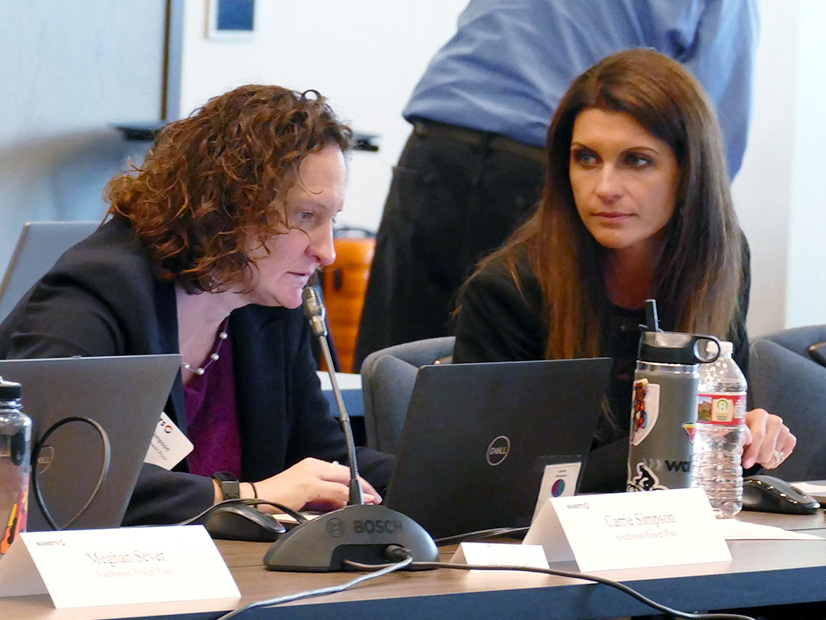As the Inflation Reduction Act begins its second year of implementation, one of the key measures of the law’s success is the wave of new clean technology manufacturing plants and investment dollars going to districts with Republican members in Congress, according to Jason Grumet, CEO of the American Clean Power Association (ACP).
“The vast majority of the benefits are going to states that tend to be governed by conservatives,” Grumet said during a Monday webinar reviewing the IRA’s first year. With ACP tracking more than $270 billion in private sector investments announced in the past year, about 80% of that money is going to districts with Republican lawmakers in Congress, while 60% of the manufacturing plants also are going into Republican-held districts, he said.
“And so, I think what we’re going to see is that the polarization that has been driving so much of the energy and climate debate is going to really start to settle out as it becomes clear that this is American energy and American resources and American communities and American jobs,” Grumet said.
Grumet and other industry leaders on the panel agreed that the investments and jobs flowing into red states make it increasingly unlikely Republicans in Congress will try to claw back any of the $370 billion in clean energy funds in the law.
“The reality is, at the ground level, [the IRA] was not an issue in the 2022 election,” said Gregory Wetstone, CEO of the American Council on Renewable Energy (ACORE), which sponsored the event. “The best way to make sure [repeal] doesn’t happen … is to see the law carried out.”
Republican lawmakers would be at pains to “turn back the clock and close down this new manufacturing facility in [their] district,” Wetstone said. “I don’t think it’s going to happen. … It would be extremely difficult politically.”
But the IRA has been a political flashpoint almost from the start. The law was passed in the House of Representatives and Senate on straight party-line votes (with Vice President Kamala Harris breaking the tie in the Senate), following intense, behind-closed-doors negotiations between the White House and Sen. Joe Manchin (D-W.Va.). The law was passed as a budget reconciliation measure, meaning it needed only a simple majority in both houses.
The incentives in the law range from the $7,500 tax credit for electric vehicles, to a 10-year extension of the 30% investment tax credit (ITC) for solar and other clean technologies, to $8.5 billion for consumer rebates for energy-efficient appliances and home upgrades.
A recent report from ACP counted 83 announcements for new cleantech manufacturing facilities across the country, expected to create an estimated 30,000 jobs. New clean energy projects totaling close to 185,000 MW also have been announced, the report said. (See American Clean Power Tallies Potential Impact of IRA at $270B.)
The ITC was a key provision for the solar industry, said Abigail Ross Hopper, CEO of the Solar Energy Industries Association.
Noting that the industry has had to contend with the uncertainty of previous one- and two-year extensions of the credit, Hopper said, “to have a 10-year runway has really been quite a revelation. This first year, there’s been a level of relief and optimism and long-term planning that at times felt a bit elusive.”
The tax credits also are structured to advance certain policy initiatives, such as bonus credits for projects with prevailing wage agreements and registered apprenticeship programs, or for using materials that meet domestic content requirements.
Such provisions forge “a direct connection between policy outcomes and investment decisions,” Hopper said. “So, we’re seeing projects really driving toward particular geographies; particular materials; in particular communities. That sort of linking … means that there will be a much greater likelihood that the investments are going to be built and the money spent in areas that perhaps in the past have not seen the benefits of this kind of investment.”
Public Awareness vs. Results
But implementation of the IRA has not been smooth or easy. Manchin has broken with the White House over the Treasury Department’s guidance on domestic content requirements for certain tax credits that he says do not follow the letter of the law.
Treasury still is working its way through the guidelines it must issue for tax credits and other provisions in the law. A page on the Internal Revenue Service website, last updated on Monday, lists 27 notices the agency has issued to date on the various provisions of the law.
Public awareness of the law and its benefits for consumers is another ongoing challenge, with significant political implications for President Joe Biden heading into next year’s presidential election. A recent poll from George Mason University found that four out of 10 registered voters said they knew nothing about the IRA, while six in 10 said they knew “a little.”
But Heather O’Neill, CEO of Advanced Energy United, said knowing the name of the law may be less important than seeing and experiencing its results. “What we want are benefits,” she said. “We want steel in the ground. We want new projects, new products, new manufacturing, new economic development and new ability for consumers to purchase these products and goods and services.”
The bigger roadblocks for implementation are well known, Grumet said: transmission, permitting and workforce development and the politics surrounding those issues. But he views the challenge as a critical opportunity for the industry.
“The fact that we are now confronting these fundamental, big-term structural challenges to scaling clean energy is great news, right? Because we’re not going to have any version of a sustainable climate economy or national security picture if we don’t make a profound transition in our energy system, which I don’t think very many people have appreciated the scale of in terms of those challenges,” he said.
Wetstone agreed, saying the issues arising out of implementation of the IRA are “a result of trying to get something done really rapidly, which is the pace we need to go to address the climate crisis. So, I actually think it’s a very good thing that we’re being forced to come to grips with all this.”
He and the other panelists agreed that while a deal on permitting is possible this year, finding a spark to trigger bipartisan cooperation and action is less likely.
“There’s no committee that has the jurisdiction to put the pieces together that are necessary for a politically viable outcome,” Grumet said. “So, the only way we’re going to get a deal through this divided Congress is if there was … support for transmission, particularly interregional transmission.”
Making the profound changes ahead also will mean the clean energy industry has to rethink its role in the mainstream energy system, he said.
“If we’re going to be honest about what this transition looks like, we have to embrace where we are today, which means we have to be part of the energy sector; not the renewable power sector, not the clean power sector, [but] the energy sector. … We think we’ve got the best technologies. Give us fair competition based on economics and security and climate change, [and] clean power is going to win. We’re going to win on the merits, and we’re going to win in a collaborative environment.”





